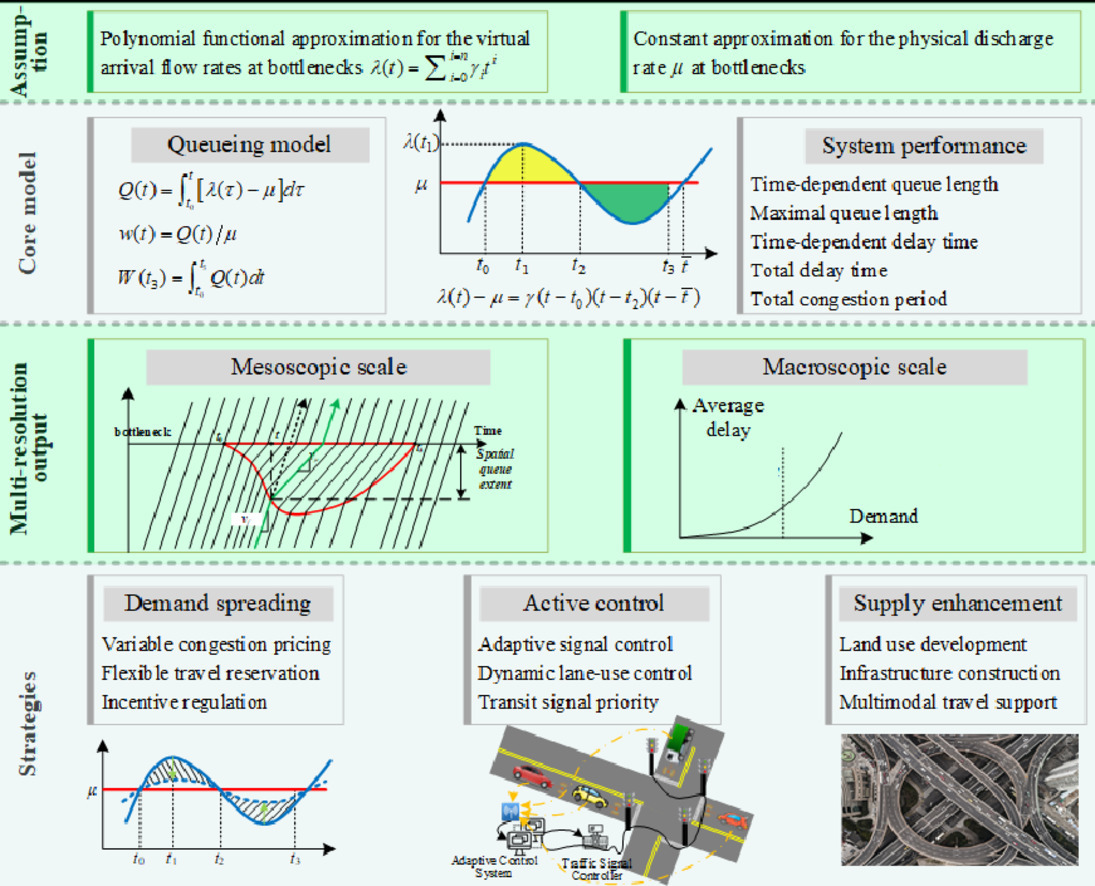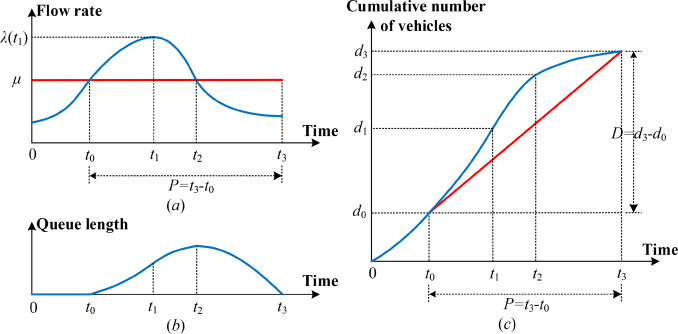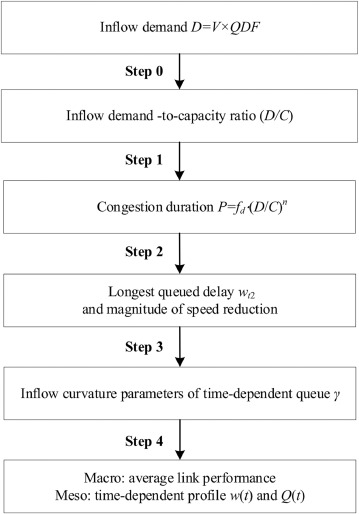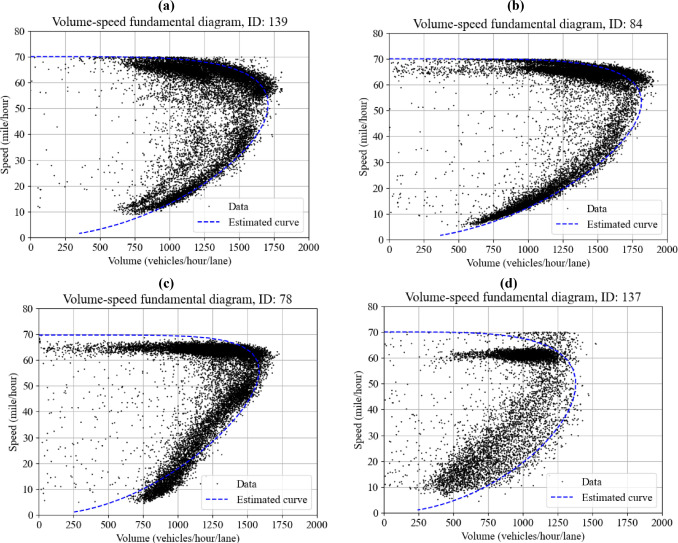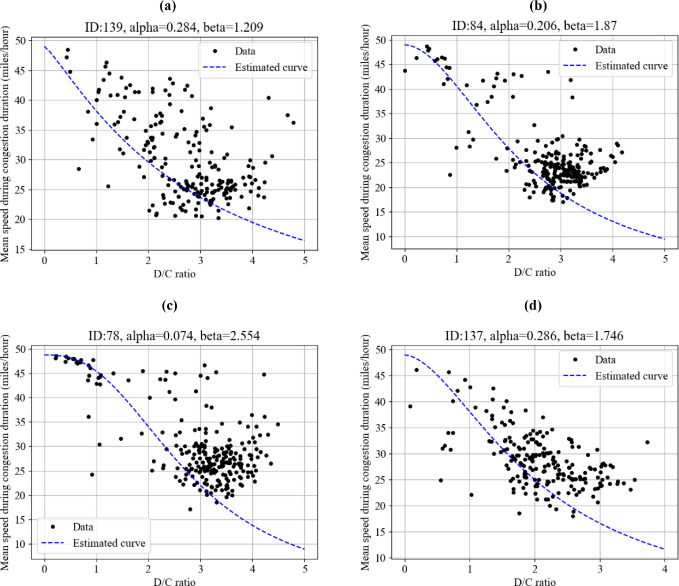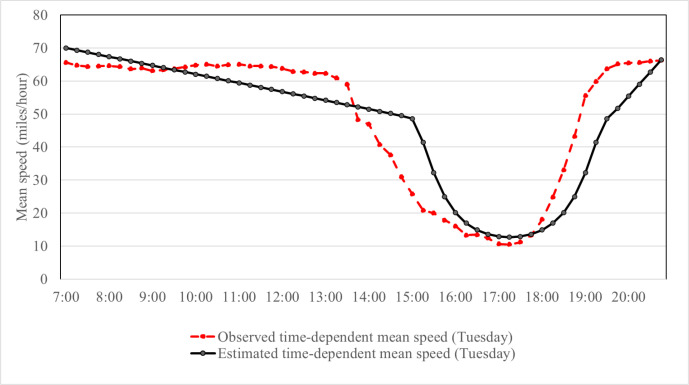Queue Based VDF Function
Prepared by Dr. Xuesong (Simon) Zhou’ research group at Arizona State University
Contact: xzhou74@asu.edu
Python implementation:
QVDF/Python_Implementation at main · asu-trans-ai-lab/QVDF (github.com)
-
Cross-resolution modelling approach for understanding the dynamic relationship between demand and supply and the resulting congestion.
-
Describe oversaturated system dynamics with parsimonious macroscopic analytical formulations with consistent mesoscopic queue vehicular fluid model.
-
Unified integration of multi-scale models provides city planners with a valid analytical framework to analyze queue saturation evolution process.
-
Estimate key model parameters from real-world data sets on heavily congested corridors.
Graphical illustration of Newell's PAQ model for a single congested period (Newell, 1982).
Major steps towards queue-oriented link performance function QVDF.
Fig. 1. Volume-speed scatters of entire year's data (from 7:00 to 21:00 ) and calibrated traffic flow model
Fig. 2 Curves between D/C ratio and average speed during congestion duration.
Fig. 3. Observed time-dependent mean speed and estimated speed at detector ID 87 on Tuesday.
